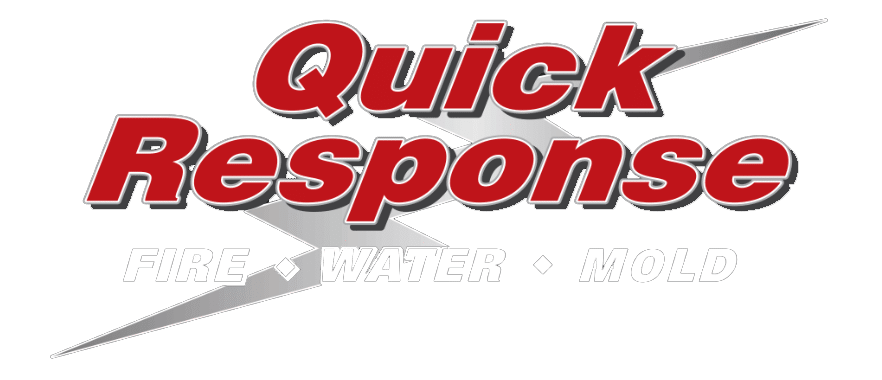A flooded basement is a nightmare for any homeowner. Whether it’s from heavy rain, a…

How to Restore Your Personal Belongings After Disaster
When disaster strikes, it can feel like everything you hold dear is at risk. Whether it’s a fire, flood, or mold infestation, seeing your personal items become damaged can be heartbreaking. But don’t worry—many items can be restored, and Quick Response Restoration is here to help you understand the process.
With the right professional support and advanced techniques, you can restore many of your cherished possessions and even make them look better than they did before!
Is it Possible to Repair Damaged Items after water or fire damage?
One of the first questions people ask after a disaster is whether their items can be repaired. The answer is often yes! With the right expertise, many personal belongings can be restored. Here are some things to consider:
- Type of Damage: Different types of damage require different approaches. For example, fire damage needs treatment that is different from water or mold damage.
- Material Matters: The materials of your items also play a big role. For example, delicate antiques or certain fabrics may need specialized care.
- Extent of Damage: It’s important to note how badly an item is damaged. A restoration company might find it easier to repair minor damage, while more extensive damage might require more effort.
- Sentimental Value: Sometimes, an item’s emotional significance is more important than its monetary worth. In those cases, restoration is often worth it, even if the damage is severe.
It’s best to keep an open mind and consult with professionals who can evaluate your belongings and suggest the best way forward—whether that’s restoring, repairing, or replacing.
How Do Professionals Restore Personal Items?
Professional restoration services use a variety of techniques to help recover your belongings. The approach depends on what type of damage your items have suffered. Here are some methods experts might use:
Fire and Smoke Damage Restoration
Fires can wreak havoc on your home and personal items. Soot, smoke, and heat can all cause different types of damage. Plus, you’ll want to make sure there’s no smoky smell to remind you of the accident. Here are some methods that are often effective for fire damage:
- Ozone Treatment: This method helps remove smoke odors from fabrics and furniture.
- Ultrasonic Cleaning: This technique uses sound waves to clean delicate items, like jewelry, by dislodging soot and grime.
- Dry Ice Blasting: This gentle approach uses dry ice pellets to clean surfaces without causing more damage.
Water Damage Restoration
There’s a lot to consider after water damage happens. You want to make sure all of the moisture is removed from your items and that you get rid of any mildew or bacteria in the process. Professionals might use the following techniques for water damage:
- Freeze-Drying: Delicate items like photos or documents can be frozen to prevent further damage and then dried without moisture.
- Vacuum Freeze-Drying: This combines freezing and vacuum techniques to preserve the structure of water-damaged items.
- Dehumidification: Using industrial dehumidifiers helps control moisture levels to prevent mold growth.
Mold Remediation
Mold not only ruins the physical appearance of your items, but it also makes them a threat to your health. Mold and bacteria can make you ill or even worse. When faced with a mold infestation, you’ll want to leave the cleaning to the pros to make sure you minimize any contact. Here are some methods they may use:
- HEPA Vacuuming: Special vacuums safely remove mold spores from surfaces.
- Antimicrobial Treatments: These solutions are applied to stop mold from returning.
- Air Scrubbers: These systems improve air quality by filtering out airborne mold spores.
Textile and Fabric Restoration
- Wet and Dry Cleaning: Specialized cleaning methods help remove stains and odors from textiles.
- Textile Repair: Experts can repair tears or holes using techniques like patching or re-weaving.
Document and Photo Restoration
- Digital Scanning and Printing: Damaged items can be scanned and reprinted using high-quality materials.
- Photo Retouching: Advanced software can help restore faded or damaged photographs.
- Document Deacidification: This process neutralizes acid in paper to prevent further deterioration.
These methods are just a glimpse into the extensive range of techniques available for restoration. Each situation is unique, and professionals will choose the best methods based on the specific circumstances.
Finding a Trusted Restoration Company
When disaster hits, acting quickly can make all the difference, and you need to know where to turn for expert services. At Quick Response, we understand that your belongings are more than just things, and we want to help you save everything you can. We’ll also help you with insurance claims when items are beyond salvaging.
Don’t go through the aftermath of a disaster alone. Turn to Quick Response for expert restoration.
Restore What Matters Most—Call Quick Response Restoration Today!
When disaster strikes, the loss can feel overwhelming. But you don’t have to go through it alone. Our team is ready to help you recover what’s most important to you—your cherished belongings. We use specialized techniques to clean, repair, and restore your items with care.
Don’t let fire, water, or mold damage take away what you love. —contact us now at 518-899-7090 or visit our website to schedule professional restoration services and minimize the damage to your property.




